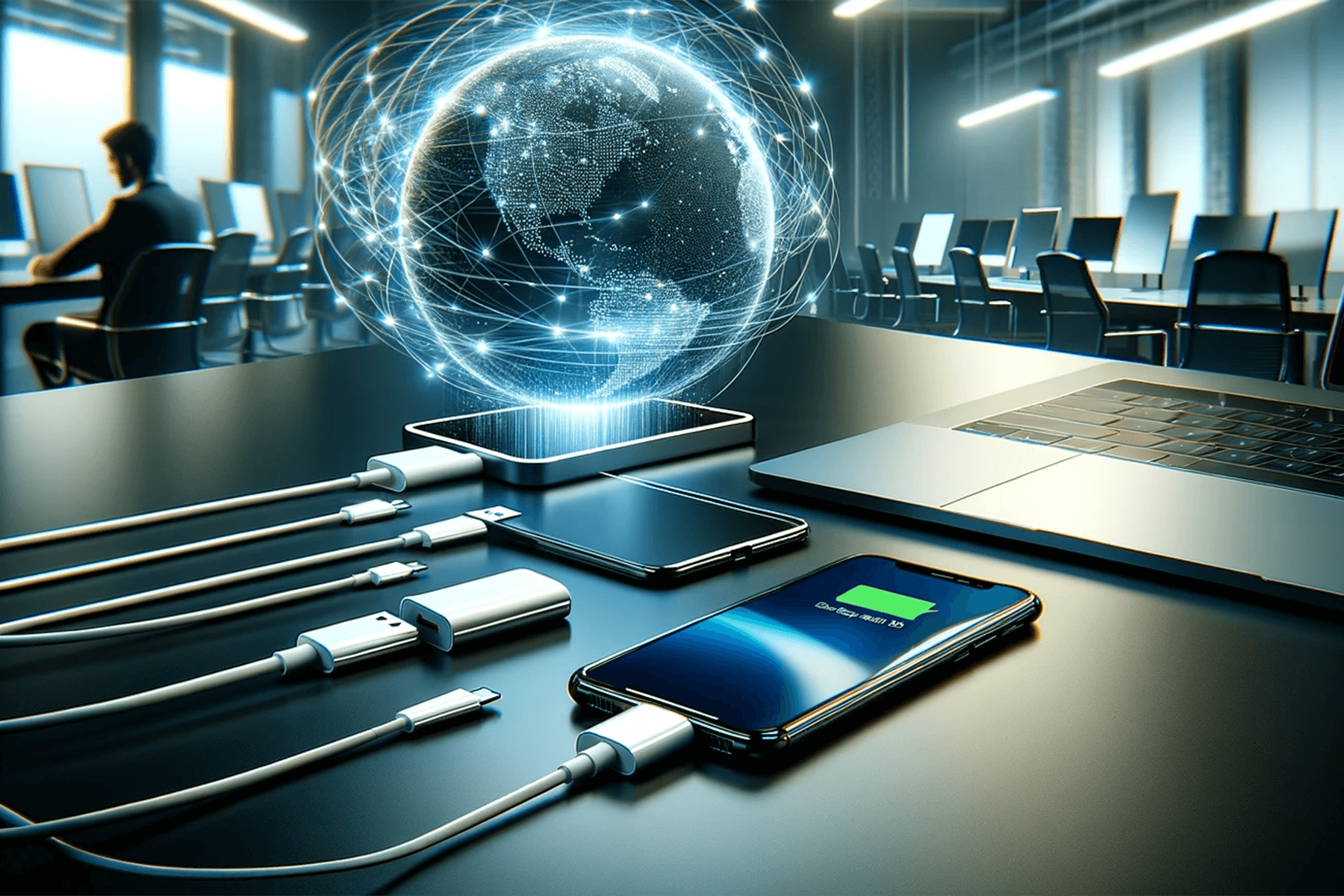In today’s fast-paced world, efficient charging solutions are crucial. USB-C chargers, known for their versatility and high-speed capabilities, have become the go-to choice for powering various devices. This guide delves into the world of USB-C chargers, highlighting their speed, technological advancements, and the recent legislative landscape shaping their use.
Understanding USB-C Chargers
What is a USB-C Charger?
A USB-C charger is a modern power adapter featuring a USB-C connector. This connector is revered for its reversible design and multi-functionality, powering devices like laptops, smartphones, and tablets. Its widespread adoption marks a significant leap in charging technology.
The Speed Factor in USB-C Chargers
How Fast Can USB-C Chargers Be?
The charging speed of a USB-C charger hinges on its supported USB specification. Here’s a brief overview:
- USB 2.0: Offers up to 480 Mbps data transfer speed, primarily for charging phones and connecting peripherals.
- USB 3.0/3.1 (Gen 1): Boosts data transfer speeds up to 5 Gbps, ideal for faster device charging and data transfer.
- USB 3.2: Launched in September 2017, it introduces two new SuperSpeed+ transfer modes via USB-C, reaching up to 10 and 20 Gbps, roughly equivalent to 1 and ~2.4 GB/s.
- USB4: Debuted in 2019, it leverages the Type-C connector to achieve up to 40 Gbps. It’s backward compatible with USB 3.2 and Thunderbolt 3.
Factors Influencing Charging Speed
Charger Output (Wattage): Chargers with higher wattage, such as 18 watts and above, significantly speed up charging.
Cable Quality: High-quality USB-C cables are essential for fast charging, as they efficiently transmit power. Compatibility with fast charging protocols is also crucial.
Phone’s Charging Capability: Your device should support the fast charging offered by the charger and cable for optimum results.
Charging Protocols: Technologies like Qualcomm Quick Charge or USB Power Delivery (USB-PD) enhance charging speeds, provided the charger and phone are compatible.
Battery Capacity: Larger batteries require more time to charge fully, even with fast chargers.
Legislative Developments in Charger Standardization
Global Moves Towards USB-C Standardization
Recent legislative efforts are pushing for the standardization of USB-C chargers:
- California: Mandates USB-C charging for all electronic devices manufactured from 2026 onwards.
- European Union: Requires USB-C charging for phones by December 2024 and laptops by April 2026, influencing global market changes.
- India: Similar standards set to take effect by 2025.
- United States: Discussions at the federal level, but specific legislation still needs to be passed.
Recommended USB-C Chargers
Upgrade your charging routine with the Auorld 45W USB-C Charger, equipped with advanced PPS (Programmable Power Supply) technology for swift and efficient charging. This powerful charger propels your device’s battery to 50% charge in just 20 minutes, significantly outpacing standard 15W or 25W chargers. It is ideal for a wide range of USB-C devices, from smartphones to laptops, ensuring quick and reliable charging. It is designed with multiple safety features to prevent electrical hazards. It includes a 6.6FT USB-C to USB-C cable for fast data transfer. The Auorld charger is a versatile and secure choice for all your USB-C-powered devices.
Conclusion
USB-C chargers offer impressive speed and versatility, particularly those meeting USB 3.2 and USB4 specifications. Legislative actions worldwide are fostering a shift towards USB-C as a universal charging standard. This move simplifies the charging process for consumers and ensures efficient data transfer.



